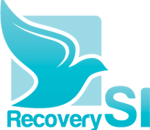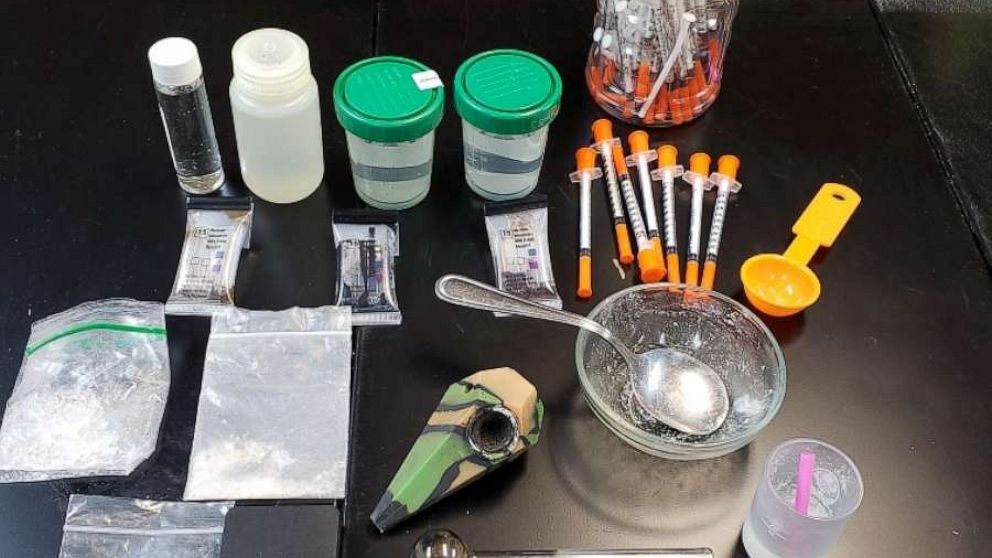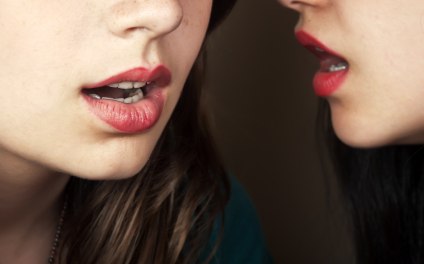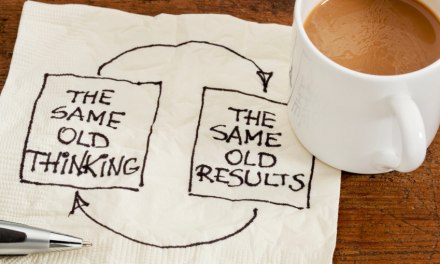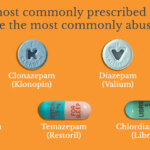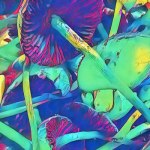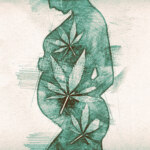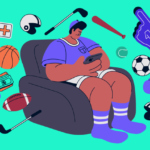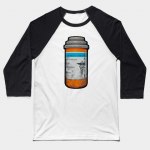Continuing on the general subject of meth addiction and its treatment: If you aren’t aware of it, ASAM has provided a handy set of guidelines for physicians and other professionals faced with managing stimulant withdrawal syndromes in practice. Here’s a link to where it can be downloaded, if you’re interested.
Something I also found of considerable interest — this extensive review of the literature on stimulant withdrawal that first appeared in the journal Addiction:
Clinical Management of Psychostimulant Withdrawal: Review of the Evidence
The authors cover the whole range of symptoms and treatments, too many to address here. I’ll just note a few of their observations.
- Acute withdrawal symptoms from stimulants peak after the first 2-3 days following abrupt cessation of use, and appear to resolve within 4-7 days.
- Acute symptoms include “depression, anhedonia, anxiety, irritability, physical discomfort (including headaches, body aches, dental pain), fatigue, prolonged sleep, craving, and poor concentration…” but notably, not the tremors, nausea, vomiting, and insomnia we associate with depressants such as alcohol and opioids. Unless, I suppose, the user has been making use of those on a regular basis (as many do).
- The early phase of protracted withdrawal (2-3 weeks) includes the phenomenon ofdrug dreams — vivid images of preparing and using the drug, complete with smells and sensations. The individual may awake to find themselves in the grip of intense cravings, very like those experienced immediately the “crash” that follows an episode of stimulant use. Not surprisingly, this could lead directly to relapse.
- The researchers offer suggestions, such as staying in bed until the intense desire has passed, which it will. Not surprisingly, drug dreams can also occur on occasion later in recovery, during the initial six months.
- There appears to be no “gold standard” medication for use with stimulant withdrawal. The researchers do note that among the likely candidates, “…A randomized controlled trial of naltrexone (50mg/d) for amphetamine use disorder showed significantly greater reductions in craving ratings compared to placebo.”
Well, that’s something.
